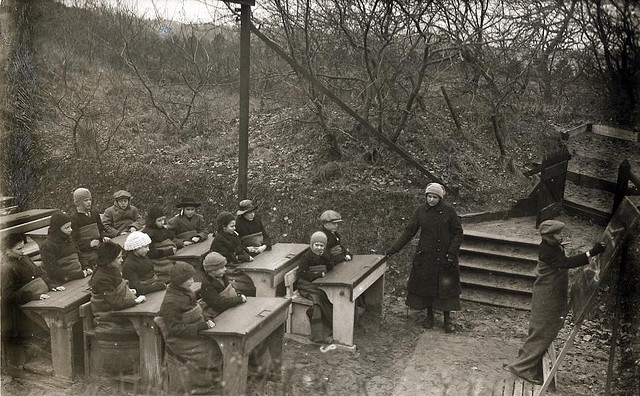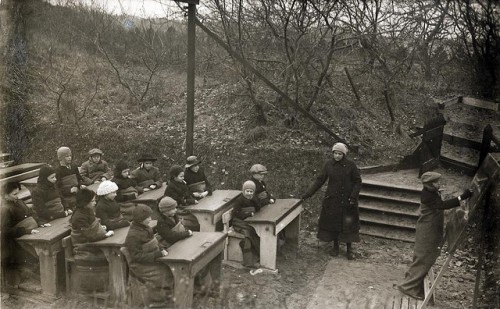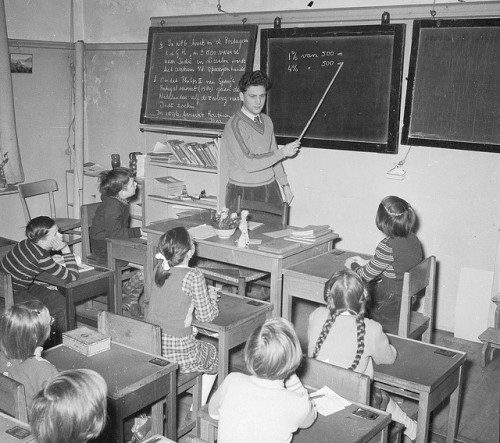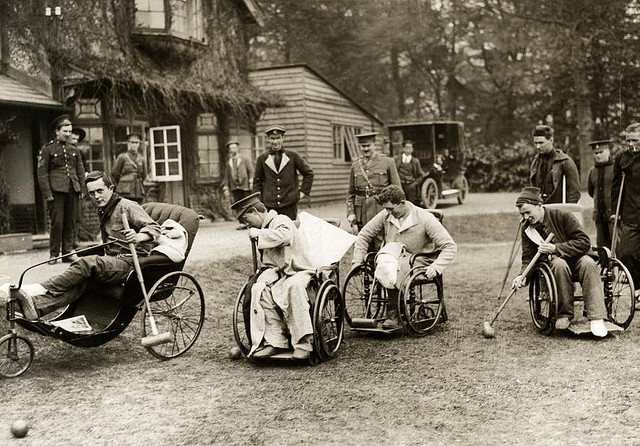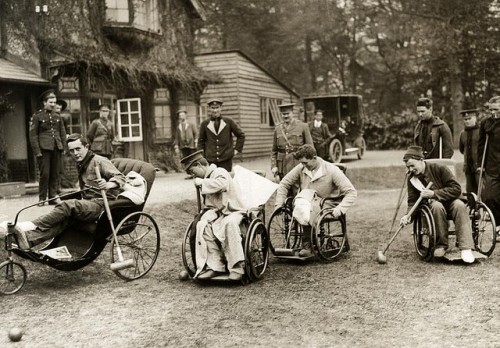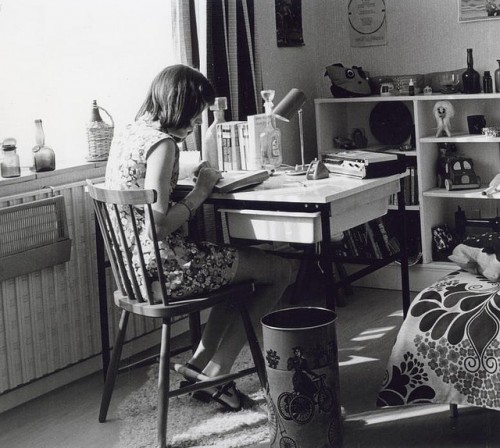Introduction
Emotional Behavioral Disorders, EBD, affects many people. As educators and parents, we need to be aware of the disorders, understand their causes, characteristics, and have a plan for working with children affected by it.
Definition
Behavioral disorders become apparent when the student displays a repetitive and impact persistent pattern of behavior that results in the significant disruption in other students and to themselves. Such disturbances may cause significant impairments in academic, social, and or occupational functioning. Such a behavior pattern is consistent throughout the individual’s life. The behaviors within EBD vary between individuals and include a large range of symptoms.
Characteristics
Bullying, Physical Aggression, Destruction of Property, Harm to self, Substance Abuse, Phobias, Blame other for Wrong, Doing Physical Abuse to Others, Depression, Withdrawal, Acting Out, Obsessions, Compulsions, Anxiety, Academic Problems
Causes
- Genetics – Especially depression and schizophrenia
- Environmental Factors – Frequent exposure to stressers adds to likelihood of Emotional Behavioral Disorders
- Living Conditions- More likely to develop Emotional Behavioral Disorders in poverty and single parent households
- Biology – Works together with environment to affect children’s well-being
- Lack of System Support – Need coordinated, culturally appropriate, & comprehensive supports
- Child Abuse – An extremely large percent of children abused show signs of Emotional Behavioral Disorders
How to Work with Children
Set Curricular/life Goals- Normally done through the IEP process, may include ways to behave appropriately and how to build friendships
Implement Instruction/Intervention- A different method of instruction may be deemed necessary. Try thinking outside of the box.
Use Referrals- Outside help may be necessary for the child to overcome their disorder and function on a higher level in and out of the classroom.
Work As A Team
The child will need support in order to succeed. This takes effort from teachers, family, and other professionals. It is best when everyone is on the same page.


